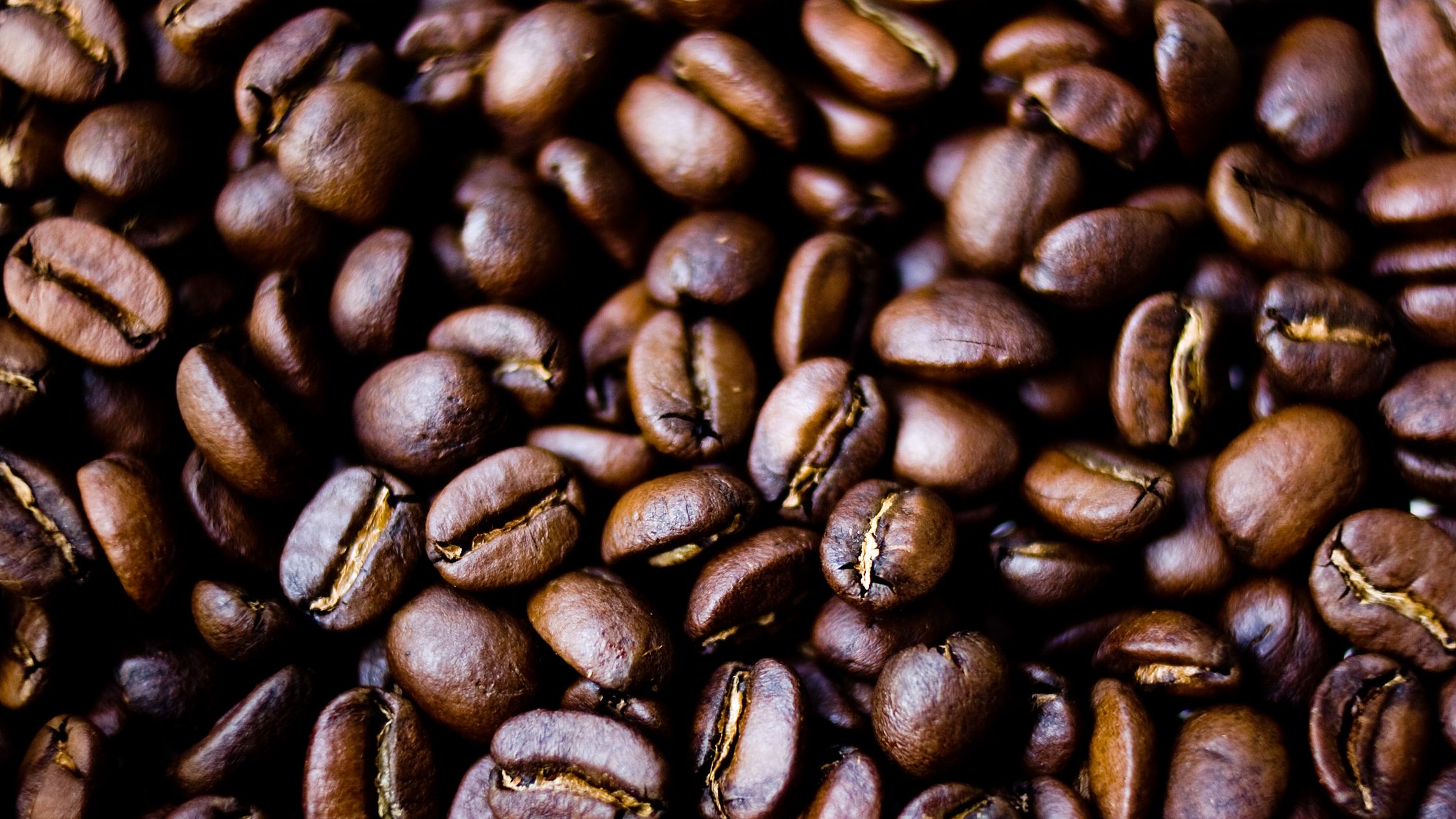- Beans: Papua New Guinea Nebilyer Valley A
- Roaster: Gracefully Coffee Roasters (Baltimore, MD)
- Roast level: Medium
- Origin: Papua New Guinea
- Roast date: 02/20/2025
- Purchase date: 02/21/2025 at Gracefully Curbside Cafe (2601 N Rolling Rd Ste 104, Windsor Mill, MD)
- Elevation: 1350; Varietals: Bourbon, Typica; Process: Washed; Drying Process: patio drying
- Tasting notes: extra dark chocolate, toffee, red apple
- V60:
- 19g-20g coffee / 300g water (1:16-1:15)
- Ode: 2
- Water at 98°C
- Recipe: Single Cup V60 Pourover (50g pulses)
I first brewed these with pretty typical settings: grind 3, 95C water, 60g pulses. The first couple of cups were good, but then I started getting sour/under-extracted cups. The beans draw down pretty quickly, finishing up at 2:30-2:35, which I’ve often found isn’t enough time to get everything fully extracted. In the past, when I’ve had beans like this, I’ve ended up going to an immersion brew with the AeroPress. However, at the moment, my AeroPress is at my office at UMBC. Rather than breaking out the French press, I decided to try modifying my V60 technique. Usually, I pour 5 “pulses” of 60g water, and finish pouring at 02:00. For this experiment, I tried pouring 6 “pulses” of 50g, finishing at 02:20. This kept water in the cone until around 03:00, theoretically allowing for more extraction.
Did this make a difference? The jury is still out — this morning’s cup, brewed using the 50g pulse technique and 95C water, was still a little weak/sour. This afternoon, I bumped the water temperature to 98C, and also brushed out the grinder chute (there were a bunch of old grounds in there), and the cup turned out really good. Maybe I just need to get better with brushing the chute out more regularly? Who knows. As long as I’m getting good cups, I’m happy. Whatever the case, it seems like I have a technique I can use to vary the draw-down time with the V60. If I end up using it more often, I’ll update the recipe page.
